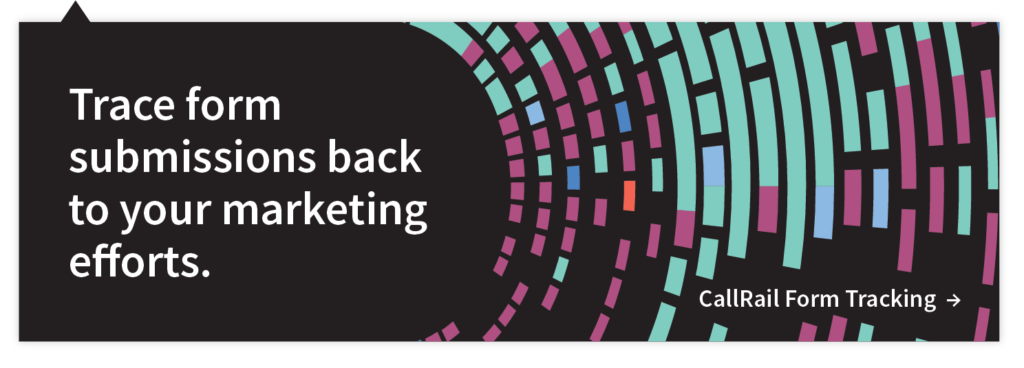When I was a teenager, I had to closely watch my Cingular minutes to avoid getting in trouble for overage charges. And there were many months when the cell phone bill would arrive in the mail and I would get a rebuke from my folks for spending too much time on phone calls.
Back then, I’d enjoy hours-long, gossipy conversations with friends, pacing around my house until midnight. Of course, times are different now. The only person who I regularly talk to over the phone for an extended period of time is my 87-year-old grandmother, who doesn’t text and isn’t on Instagram.
Perhaps you can relate. We might conclude that because you and I are spending less and less time tethered to our phones, businesses ought to get with the program, leave headsets for dead, and embrace SMS, chat, and social media as the new norms for customer communication.
In a recent Atlantic story titled “Why No One Answers Their Phone Anymore,” Alexis Madrigal writes of his recent personal experience with the mounting problem of robocalls, and it probably sounds familiar: “Of the 50 or so calls I received in the last month, I might have picked up four or five times.”
He continues: “The reflex of answering — built so deeply into people who grew up in 20th-century telephonic culture — is gone.”
Phone calls: A two-way street, not a one-way road
In his piece, Madrigal points to Federal Communications Commission data that shows a disturbing rise in robocalls. A record 3.4 billion robocalls were placed in the US in April of 2018, according to FCC data. The trend is alarming and is almost certain to impact consumers’ general inclination to answering calls from unknown numbers.
However, another trend is occurring simultaneously — one created by consumers themselves. In 2017, 85 billion calls were placed to businesses from mobile phones, according to a report from BIA/ Kelsey. This number is expected to nearly double by 2020, growing to 169 billion, with web search driving an estimated 59.5 billion of these calls.
But as Madrigal opines in his piece, “Even many businesses do everything they can to avoid picking up the phone.” If that’s the case, considering the growing number of inbound calls that businesses are fielding, it’s fair to guess that calls could be a real opportunity for businesses in the years ahead. If you’re good at driving them — and answering them — you could be set for a boon.
Consumers want to talk: Calls are still a premiere conversion channel
Many businesses depend on phone calls as a critical step in the sales cycle, perhaps more so than ever before. The internet empowers consumers to do a great deal of pre-purchase research, which places extra weight on making a positive connection with your audience at the moment they choose to pick up the phone.
With the number of inbound calls to businesses increasing sharply, accessibility is becoming a key differentiator in driving sales. A recent HubSpot report found that nearly 60 percent of buyers wanted to discuss pricing on their first phone call with a business. And a 2017 Forrester Consulting report found that customers who initiated a phone call were 30 percent more likely to convert faster than those who didn’t. It follows that the likelihood of conversion in either instance is significantly lower if those inbound calls go unanswered.
Though our phone conversations with friends and family might be fewer and further between, our desire to speak with a human before scheduling our first appointment with a new dentist, or before hiring a home services professional for a repair, is unlikely to wane any time soon.
Generating more inbound phone calls to your business
Most marketers know a lot about how people arrived on their website and what they did once they got there: They know what channels are generating traffic, which aren’t, and which pages are generating leads. Some marketers may even have a tool like FullStory in their arsenal, allowing them to analyze how users interact with their website.
There’s a growing bounty of data tied to users’ digital behaviors that marketers are leveraging in pursuit of smarter campaigns and more efficient ad spend. But when it comes to the all-important phone call conversion, the picture can be frustratingly opaque. There’s no real visibility into where the caller came from or what the average caller is inquiring about. And if there is any data related to either of these things, it’s likely anecdotal or the product of guesswork.
Put differently: Marketers tend to be filthy rich with digital data, and dirt poor with offline data. This is a problem solved by call tracking and analytics. The ability to attribute calls to specific marketing activities or campaigns is invaluable, allowing agencies and in-house marketers alike to more fully prove their total ROI and uncover a bonanza of as-yet-untracked leads.
Understanding where phone calls to your business or client are coming from is a critical step in generating more leads, and closing more deals, more quickly. Double down on the channels or campaigns that are generating phone calls, and then measure those phone calls to better understand the questions prospects and customers are asking, and create content that speaks to those questions.
Make no mistake: The phone call is as important and alive as ever.
If you’d like to see how call tracking can power up your business, you can start today: Begin your 14-day free trial of CallRail or request a personalized demo.








